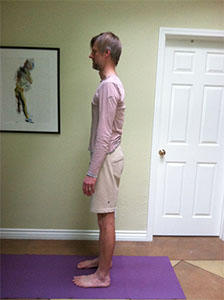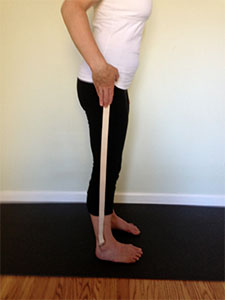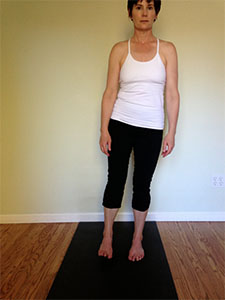Are we walking or falling?
Walking is one of the most basic human functions and one that we tend to take for granted. That is until we sprain an ankle or break a toe or god forbid break a leg and we’re either not able to walk or our ability to walk is hampered. In these circumstances we’d do almost anything to “walk normally” again.
Walking is essential to our health and longevity. A 2010 study of 428 hip fracture patients age 65 and older showed a 3 fold increase in mortality risk compared with the general population. And that included every major cause of death. It seems reasonable to surmise from these statistics that a sudden suspension in the ability to walk can lead to a rapid decrease in overall health and longevity. Clearly we don’t want to stop walking.
There are any number of studies and medical opinions that indicate that walking is perhaps the best form of exercise. Regular walking has been linked to a decrease in risk of several serious diseases including cardiovascular disease and Type 2 Diabetes. But are we really walking? This depends on how we define walking; and realizing an accurate definition of walking is greatly enhanced by some understanding of the biomechanics of human gait.
Most definitions of human walking are characterized by 2 things: a moderate or slow pace and never having both feet off the ground at once. In other words, not running or jumping. But what about falling? Do we need to completely fall down on the ground for it to be considered a fall? Might we simply be falling from one foot to the other at a moderate pace rather than actually walking? The fact is, most of us are ambulating by way of a somewhat controlled fall.

Figure 1
This is illustrated by understanding one very key feature of walking from the standpoint of biomechanics – walking should be posteriorly driven. This means we must push backward to move forward. For this to happen we need to have our center of gravity under our trunk and not out in front. Human movement where the center of gravity (about where our hip joints are) stays under the trunk is walking. Human movement where our center of gravity is pushed out in front of our trunk is falling.
Seeing the truth of this is easy. Stand up, push your hips forward (see figure 1) and then lift one foot off the floor without bending your knees. Notice how the lifted foot moved forward. In fact, you may have felt you needed this lifted foot to catch you from falling forward. This is the way most of us are ambulating – falling from one foot to the other.
Try the following instead. Stand and deliberately back your hips up such that your hip joints are aligned vertically over the outer ankle bones (see figure 2). Now lift one foot off the floor without bending your knees. What happened to the lifted foot this time? Chances are it didn’t go anywhere. That’s because you needed to push your standing leg thigh and hip backward in order to move your body forward. Try it again and see what happens if you lift the leg and then push your standing leg heel down and push your thigh back. Viola! That’s walking.

Figure 2
Actually, walking is much more complex that this. It involves a rather staggering number of muscles (600), joints (230) and bones (200). But it can be broken down into 2 basic motor skills. The first is what I described in the previous paragraph. That is, ‘posterior push off’. The second is called ‘pelvic list’.
If you tried the experiment above and succeeded, you’ve just done a pelvic list. A pelvic list is basically using the downward force of one straight leg to lift the other (see figure 3). This action recruits the lateral and posterior hip muscles which are a big source of stability for us when standing and walking. But this is only true when the hips are not pushed forward. If the hips are pushed forward then we’re not able to effectively recruit the lateral and posterior hip and we’re forced to use the quadriceps, forefoot and toes to hold us up. Not only will this lead to foot, knee and hip problems, this will also produce a gait pattern that is far from optimal.

Figure 3
If you tried the experiment above and found that you weren’t able lift one leg up with both knees straight, particularly when your hips were backed up, then you are currently unable to do a pelvic list. This means that whatever you might call how you ambulate, it isn’t really walking, not from a biomechanic standpoint. You’ll want to work on this regularly until it’s easy for you. Then you can actually start walking again and begin to get the many cardiovascular, strength and bone building benefits of what is arguably the most important and health promoting of human functions.
